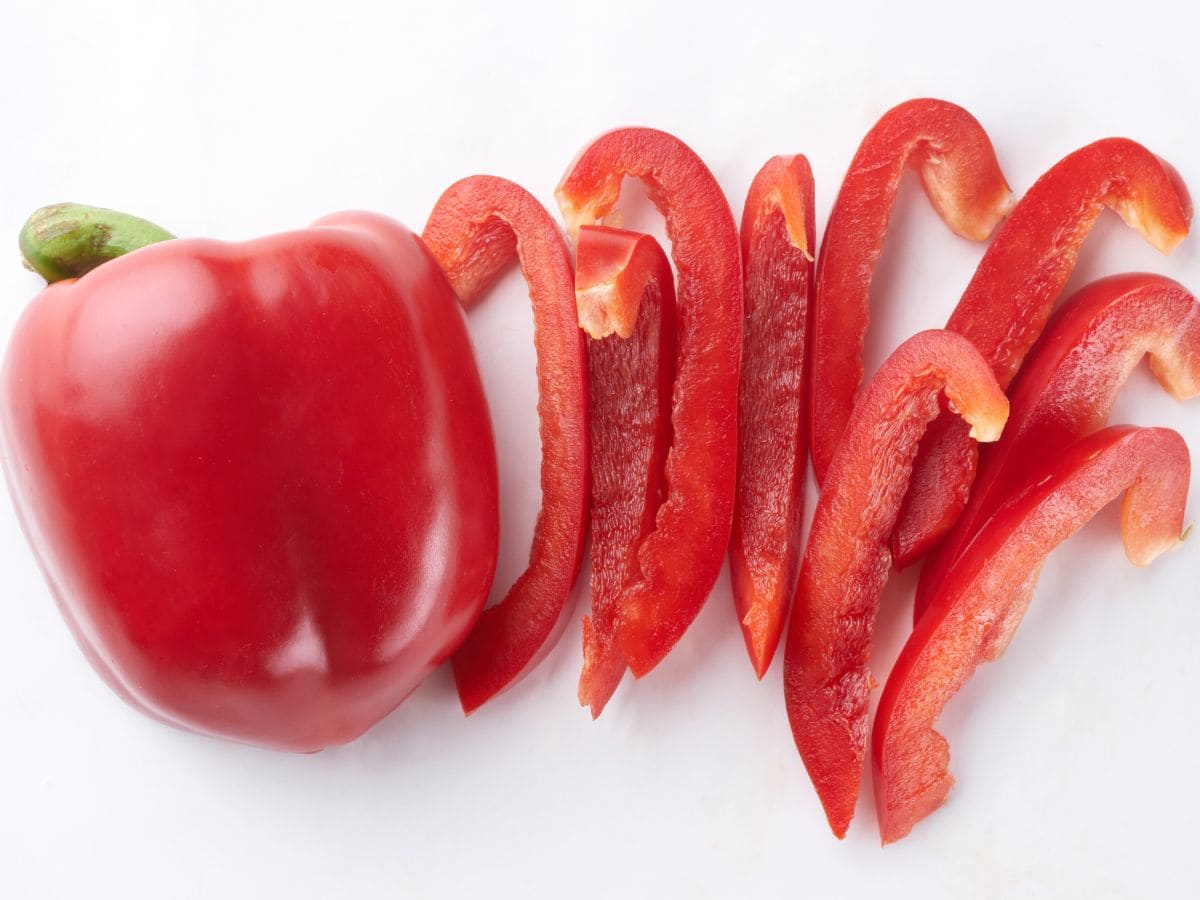

Articles
How To Store Cut Up Red Bell Peppers
Modified: August 22, 2024
Learn the best methods for storing cut up red bell peppers in this informative article. Keep your peppers fresh and flavorful for longer periods of time.
(Many of the links in this article redirect to a specific reviewed product. Your purchase of these products through affiliate links helps to generate commission for Storables.com, at no extra cost. Learn more)
Introduction
Welcome to our helpful guide on how to store cut up red bell peppers! Whether you’ve just harvested a bountiful supply from your garden or snagged a great deal at the grocery store, knowing how to properly store and preserve red bell peppers will ensure their freshness and extend their shelf life.
Red bell peppers are not only delicious and versatile in the kitchen, but they are also packed with essential nutrients like Vitamin C and antioxidants. Whether you plan to use them in salads, stir-fries, soups, or as a colorful addition to your favorite dishes, ensuring their freshness is key to maximizing their flavor and nutritional value.
In this article, we will guide you through the process of selecting and preparing red bell peppers for storage, as well as the various methods to store them once they are cut up. We will also share some helpful tips to maintain their freshness and quality. So let’s dive in and learn how to make those vibrant red bell peppers last!
Key Takeaways:
- Properly storing cut up red bell peppers is essential for preserving their freshness and flavor, whether using basic refrigeration or extended methods like freezing, pickling, or drying.
- Handle cut up red bell peppers with care, avoid excess moisture, and consider vacuum sealing or using frozen or preserved peppers in cooked dishes to maintain their taste and texture.
Read more: How To Store Mini Bell Peppers
Choosing and Preparing Red Bell Peppers
When it comes to choosing red bell peppers for storage, look for ones that are firm, vibrant in color, and free from blemishes or soft spots. The skin should be smooth and glossy. Avoid peppers that are wrinkled or have any signs of mold or rot.
Once you’ve selected the perfect red bell peppers, it’s time to prepare them for storage. Here’s a step-by-step guide:
- Wash the peppers: Start by rinsing the peppers under cool, running water to remove any dirt or debris. Gently rub the surface with your hands to ensure a thorough cleaning.
- Cut off the top and bottom: Use a sharp knife to remove the stem and the base of the pepper. This will create a flat surface for easier cutting and prevent any potential contamination from the stem.
- Remove the seeds and membrane: Slice the pepper vertically, then carefully remove the seeds and inner membrane using a small knife or your fingers. This step is optional, as some recipes may call for using the seeds and membrane. However, removing them can help prolong the freshness of the peppers.
- Slice or dice the peppers: Depending on your preference and intended use, slice or dice the peppers into your desired size and shape. Common options include strips, cubes, or rings.
Now that your red bell peppers are prepared, it’s time to explore the different methods of storing them to maintain their freshness and taste. Let’s delve into the next section and discover the basic method for storing cut up red bell peppers.
Storing Cut Up Red Bell Peppers: Basic Method
The basic method for storing cut up red bell peppers involves covering them in an airtight container and placing them in the refrigerator. Here’s how to do it:
- Choose a clean, airtight container: Select a container that is large enough to comfortably hold the sliced or diced peppers without overcrowding them. Glass or plastic containers with tight-fitting lids work well for this purpose.
- Place a paper towel or napkin at the bottom: This step helps absorb excess moisture and prevents the peppers from becoming soggy.
- Arrange the cut up peppers in the container: Spread out the bell pepper pieces in an even layer, ensuring they are not stacked on top of each other. This allows for proper air circulation and prevents them from sticking together.
- Seal the container: Ensure the lid is tightly sealed to create an airtight environment. This helps to preserve the freshness and prevent any odors from permeating.
- Label and date the container: For easy identification, it’s a good idea to label the container with the contents and the date of storage. This way, you can keep track of their shelf life.
- Store in the refrigerator: Place the container in the refrigerator, preferably on a shelf near the front or in the crisper drawer. The cool temperature will help maintain the peppers’ freshness for an extended period.
By following these simple steps, you can keep your cut up red bell peppers fresh for up to five days. However, if you wish to extend their shelf life even further, keep reading to explore some extended methods of storing cut up red bell peppers.
After cutting up red bell peppers, store them in an airtight container in the refrigerator. Add a paper towel to absorb excess moisture and help keep them fresh for up to 5 days.
Storing Cut Up Red Bell Peppers: Extended Methods
If you’re looking to preserve cut up red bell peppers for a longer duration, there are a few extended methods you can try. These methods go beyond basic refrigeration and can help you enjoy the vibrant flavor of red bell peppers even after several weeks. Let’s take a look:
- Freezing the peppers: Freezing is a popular method to extend the shelf life of red bell peppers. Start by blanching the peppers in boiling water for a couple of minutes, then transfer them to an ice bath to cool. Once cooled, pat them dry and place them in airtight freezer bags or containers. Label the bags with the date and store them in the freezer for up to 6 months. Thawed bell peppers may lose their crisp texture, so they are best used in cooked recipes.
- Pickling the peppers: Pickling is a great way to add a tangy twist to red bell peppers while preserving their freshness. Prepare a vinegar-based brine with herbs, spices, and sugar. Boil the brine and pour it over the cut up peppers in sterilized jars, ensuring they are completely submerged. Seal the jars and let them cool, then store them in the refrigerator. Pickled peppers can be enjoyed for several weeks.
- Drying the peppers: Drying is a traditional method to preserve bell peppers for long-term storage. Wash and thinly slice the peppers, then lay them in a single layer on a baking sheet. Place the sheet in an oven set to the lowest temperature or use a food dehydrator. Leave the peppers to dry for several hours, turning them occasionally, until they are leathery and dry. Store the dried peppers in airtight containers in a cool, dark place. Rehydrate the dried peppers before using them in recipes.
Exploring these extended methods allows you to enjoy the flavors of red bell peppers all year round, even when they are out of season. Experiment with different methods and find the one that suits your taste preferences and storage needs.
Tips for Maintaining Freshness and Quality
Proper storage techniques are essential for maintaining the freshness and quality of cut up red bell peppers. Here are some helpful tips to ensure your peppers stay crisp and flavorful:
- Handle with care: When handling cut up red bell peppers, avoid squeezing or pressing them too hard, as this can cause bruising and accelerate spoilage. Treat them delicately to preserve their texture and taste.
- Avoid moisture: Excess moisture can cause the peppers to become soggy and promote the growth of mold. Ensure the peppers are dry before storing them and avoid exposing them to damp environments.
- Keep away from ethylene-producing fruits: Ethylene is a natural plant hormone that speeds up the ripening process. To prevent your cut up bell peppers from ripening too quickly, store them away from ethylene-producing fruits like bananas, apples, and tomatoes.
- Regularly check for spoilage: Even with proper storage, it’s important to regularly inspect your stored peppers for any signs of spoilage. Discard any peppers that show signs of mold, rot, or unpleasant odors.
- Consider vacuum sealing: If you have a vacuum sealer, consider using it to package your cut up red bell peppers. Vacuum sealing removes air and creates a more airtight and oxygen-free environment, which can help prolong their freshness.
- Use frozen or preserved peppers in cooked dishes: If you’ve stored your peppers using the freezing or pickling methods mentioned earlier, it’s best to use them in cooked dishes rather than raw applications. This will help maintain their taste and texture.
By following these tips, you can ensure that your cut up red bell peppers stay fresh, vibrant, and flavorful for longer periods. Enjoy their versatility in your favorite recipes, knowing that they are stored and maintained in the best possible way.
Read more: How To Store A Bell Pepper
Conclusion
Knowing how to properly store cut up red bell peppers is key to preserving their freshness, flavor, and nutritional value. Whether you opt for the basic refrigeration method or explore more extended techniques like freezing, pickling, or drying, you can enjoy the vibrant taste of red bell peppers long after they’re harvested.
When selecting red bell peppers, choose those that are firm, colorful, and free from blemishes. Properly wash, remove the seeds and membrane, and slice or dice the peppers before storage. For basic storage, place them in an airtight container in the refrigerator and consume within five days.
If you wish to prolong the shelf life of your cut up red bell peppers, consider freezing them, pickling them in vinegar-based brine, or drying them for long-term storage. Each method offers a unique flavor profile and brings versatility to your culinary creations.
Remember to handle the peppers with care, avoid excess moisture, keep them away from ethylene-producing fruits, and regularly check for spoilage. Vacuum sealing is another option for maintaining freshness, and using frozen or preserved peppers in cooked dishes will ensure their taste and texture are maintained.
By implementing these tips and techniques, you can make the most out of your red bell peppers, reduce food waste, and enjoy their delicious taste and health benefits in various recipes throughout the year.
So, next time you have an abundance of red bell peppers, don’t panic about them going bad. Take the time to properly store them, and you’ll have a supply that lasts for weeks or even months. Happy cooking!
Frequently Asked Questions about How To Store Cut Up Red Bell Peppers
Was this page helpful?
At Storables.com, we guarantee accurate and reliable information. Our content, validated by Expert Board Contributors, is crafted following stringent Editorial Policies. We're committed to providing you with well-researched, expert-backed insights for all your informational needs.
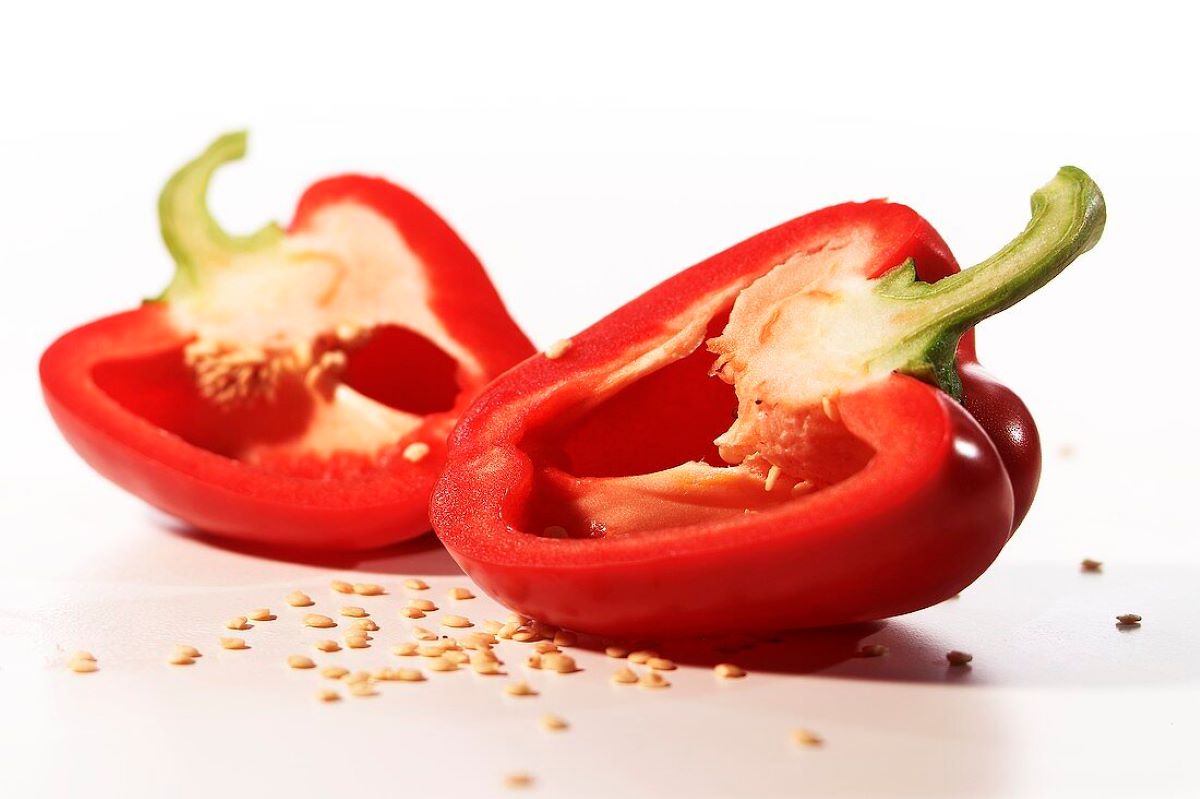
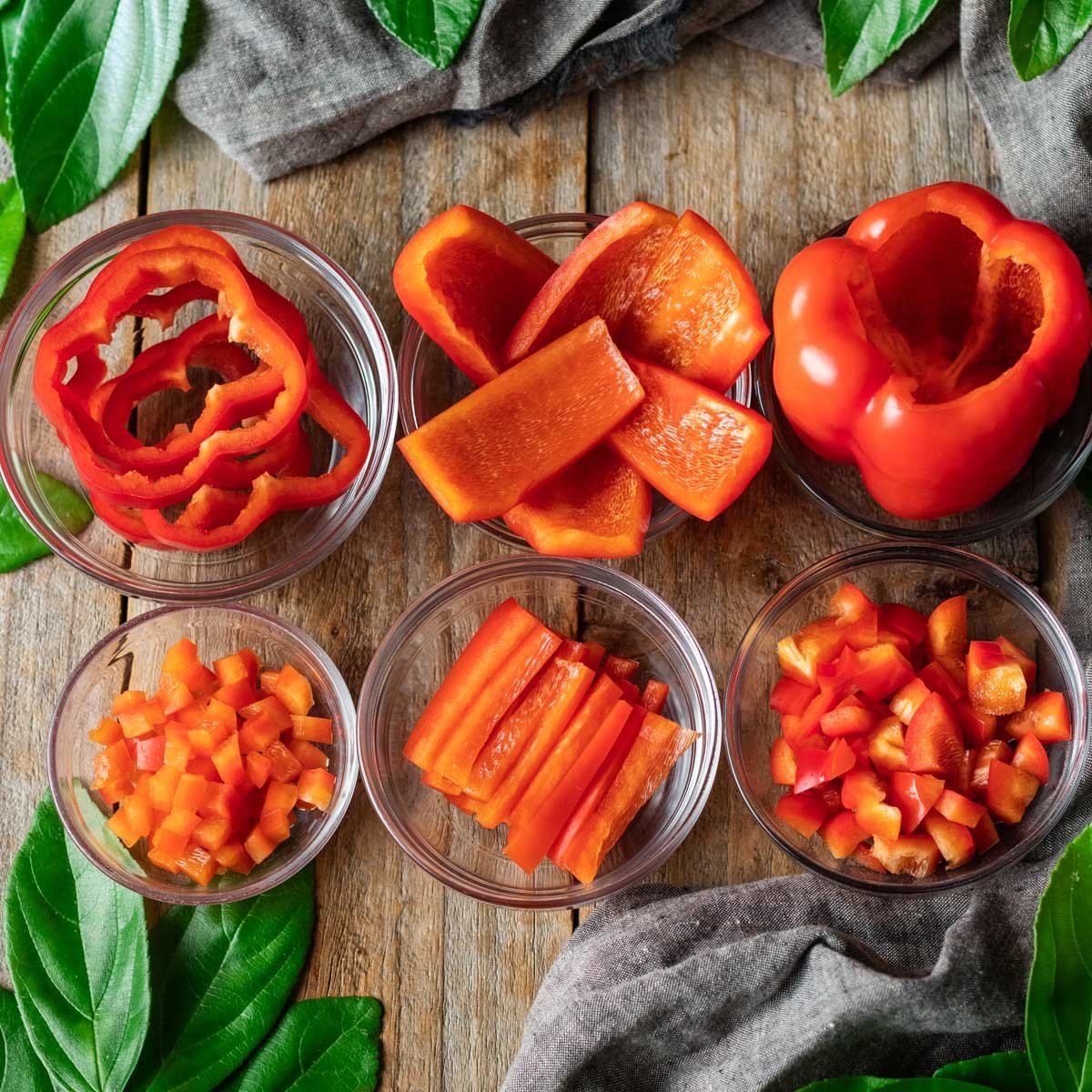
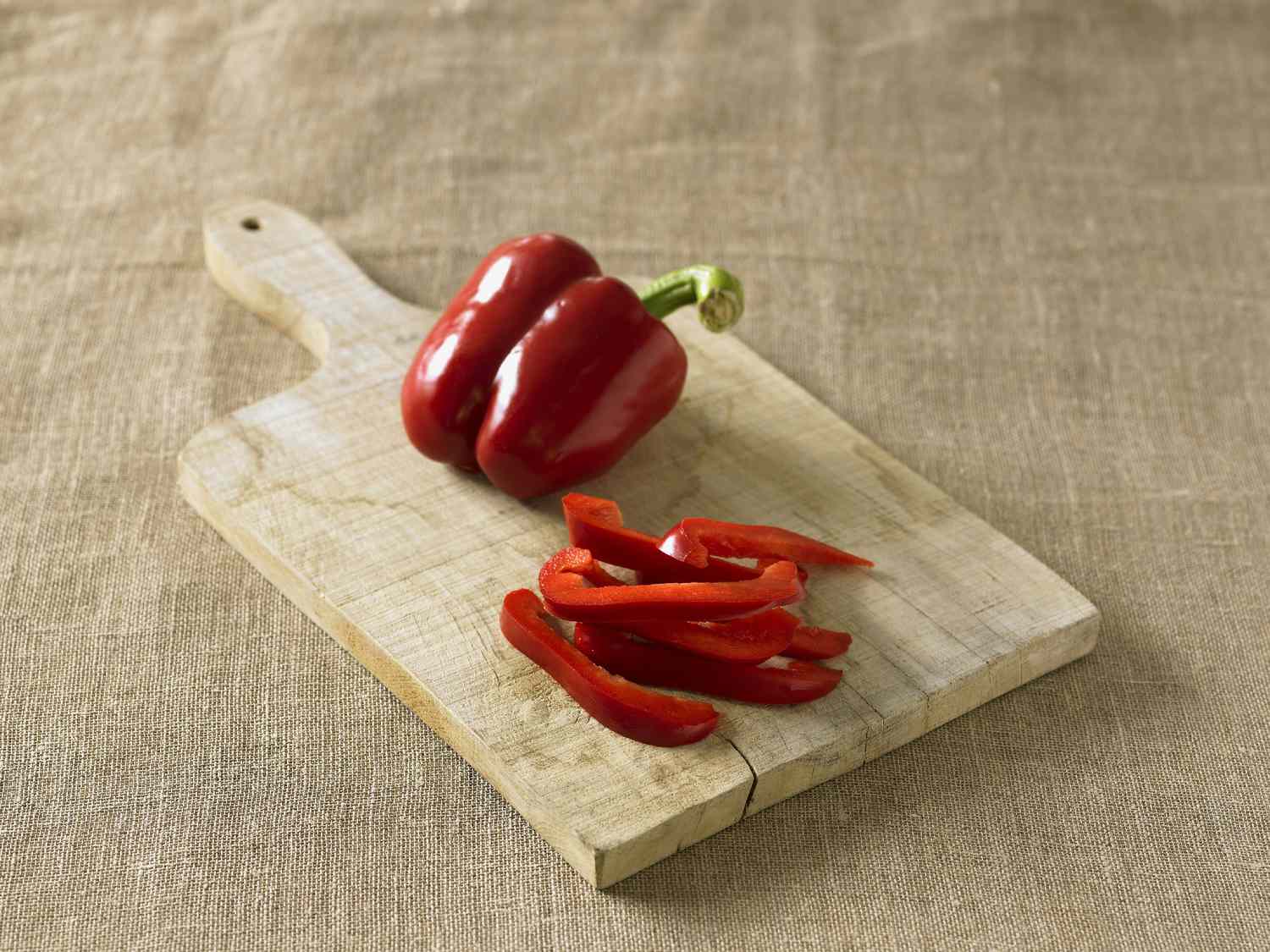
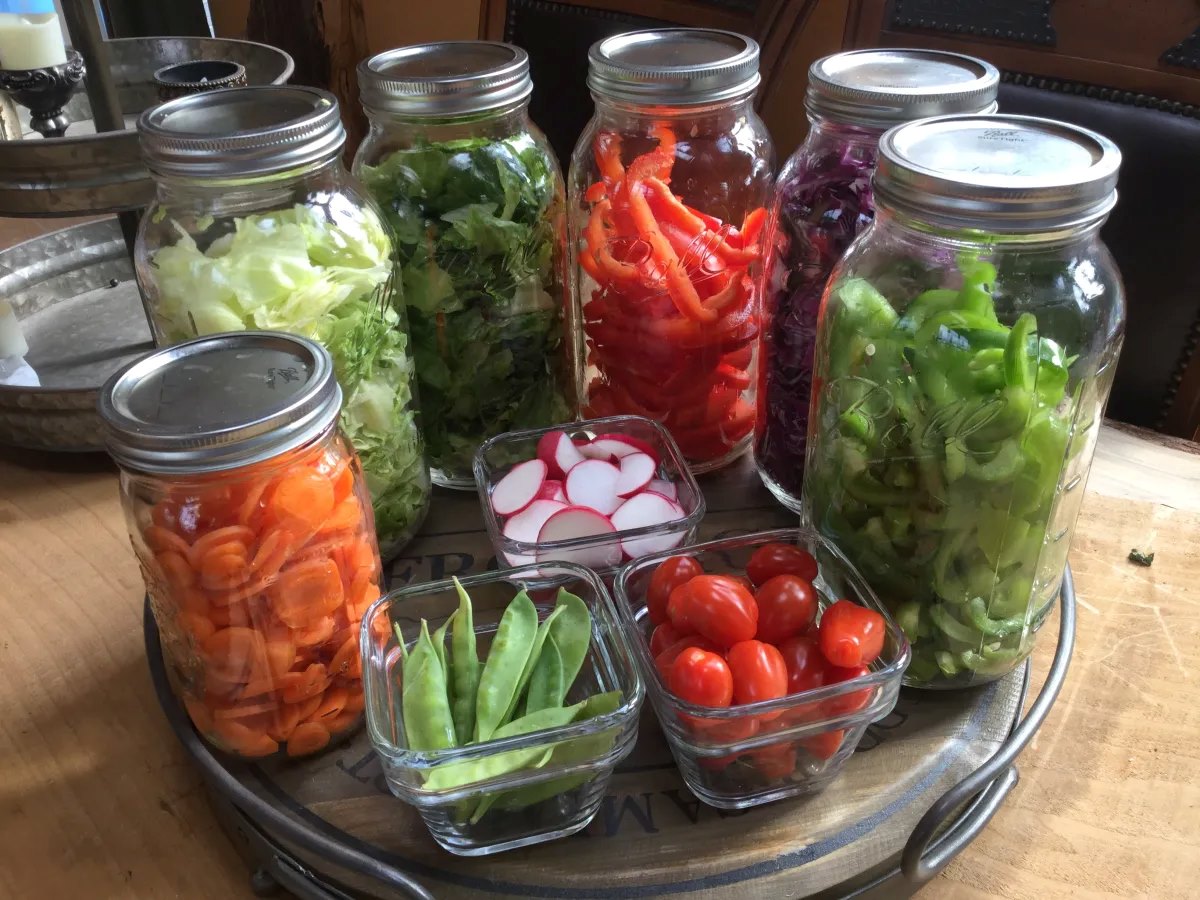
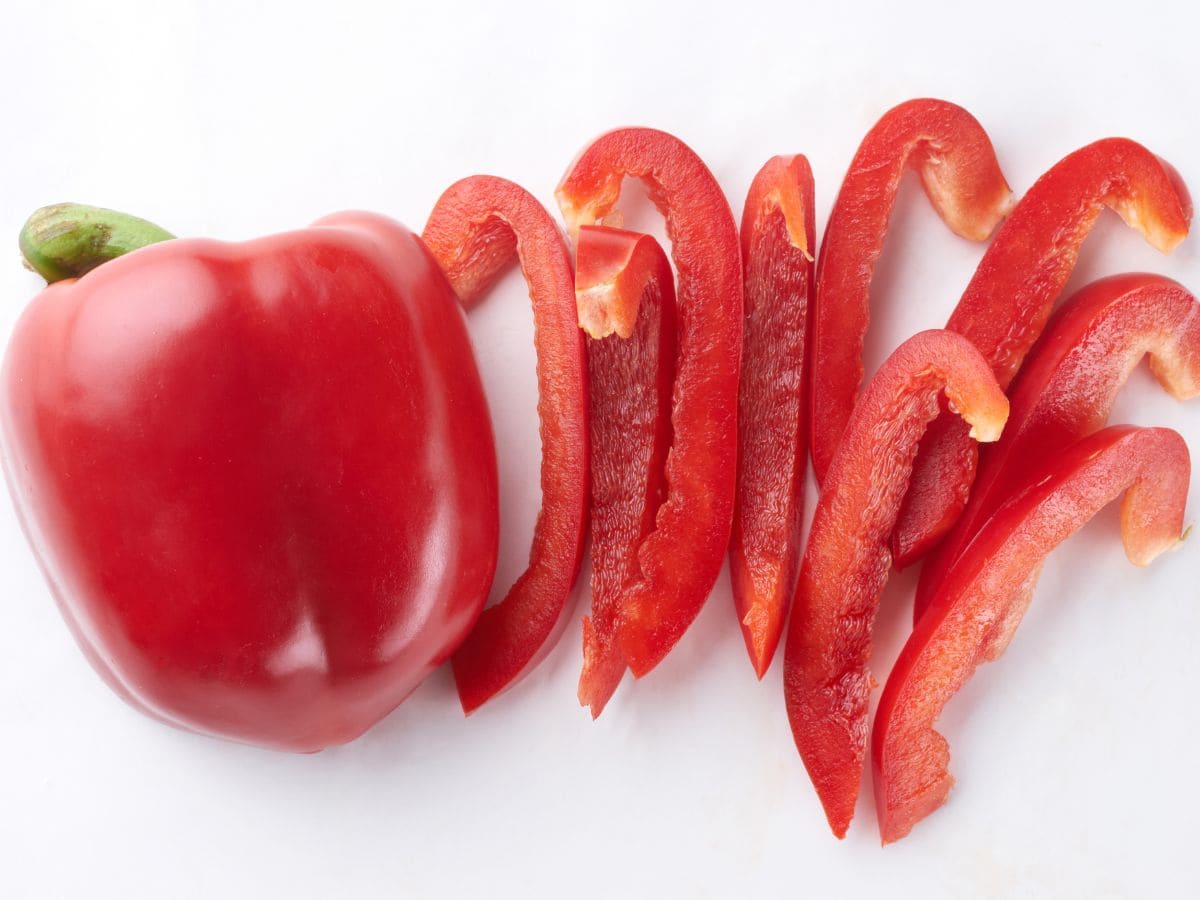
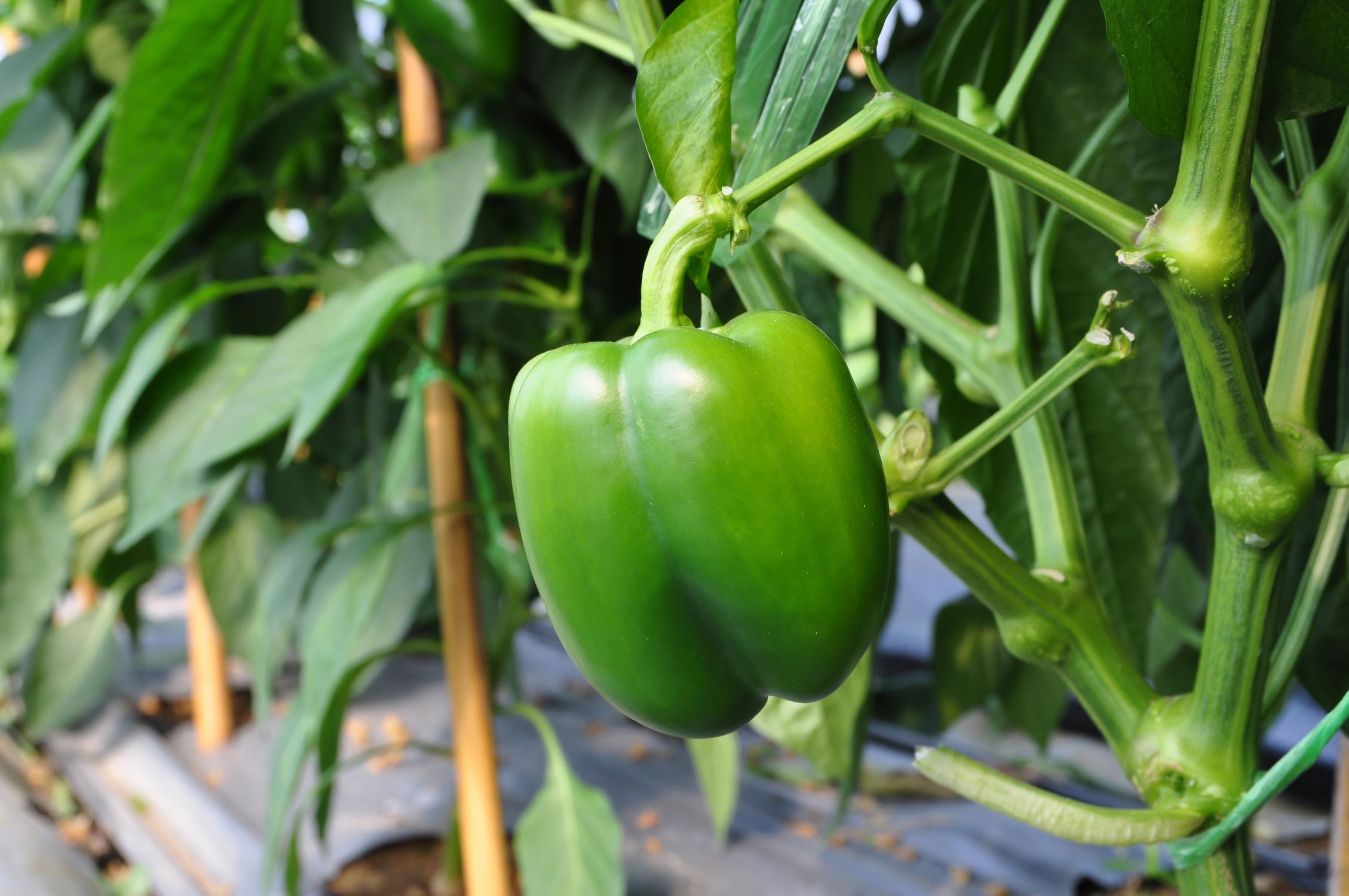
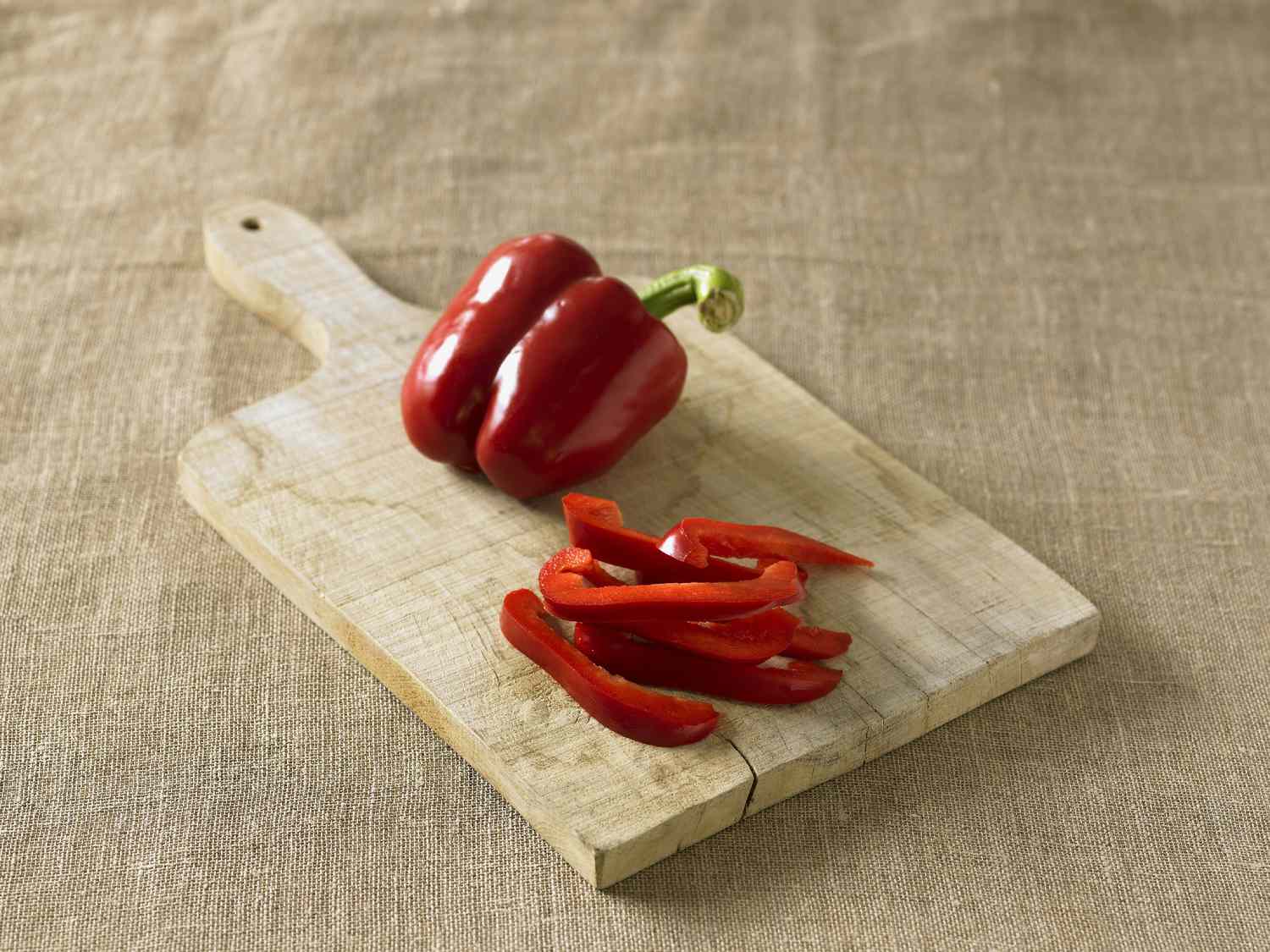
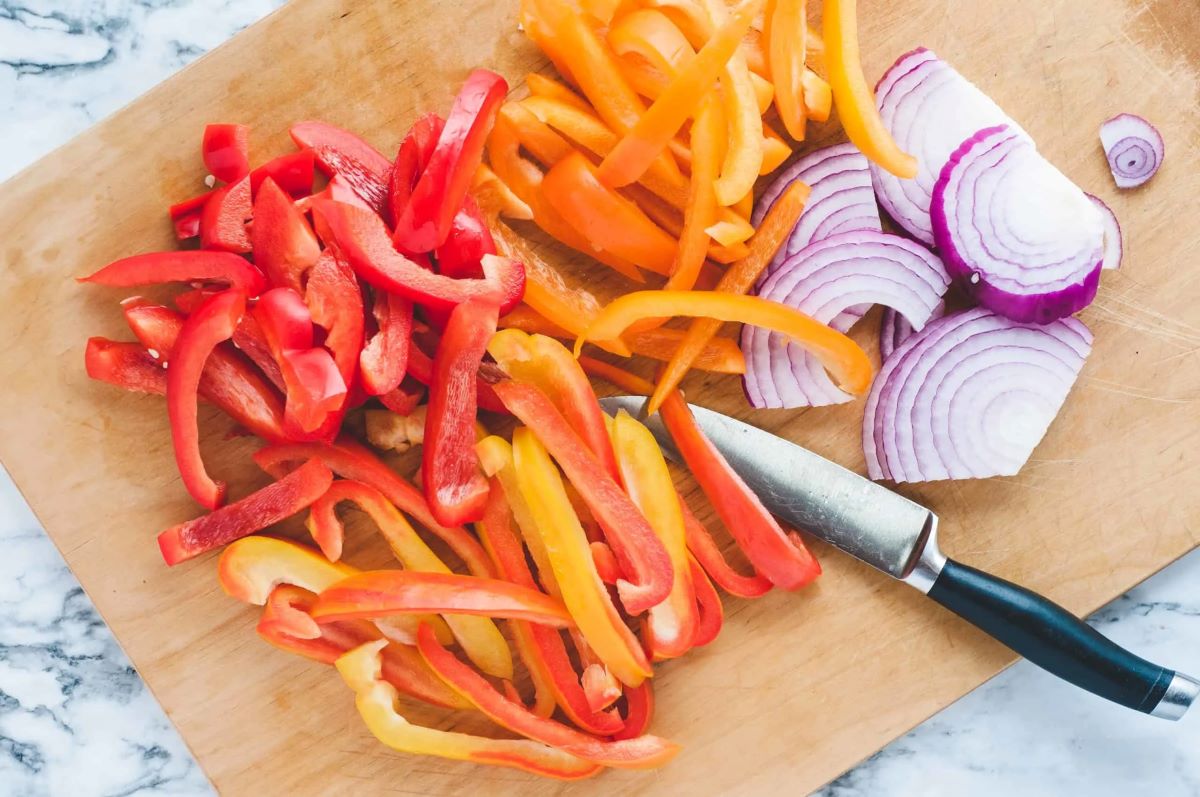
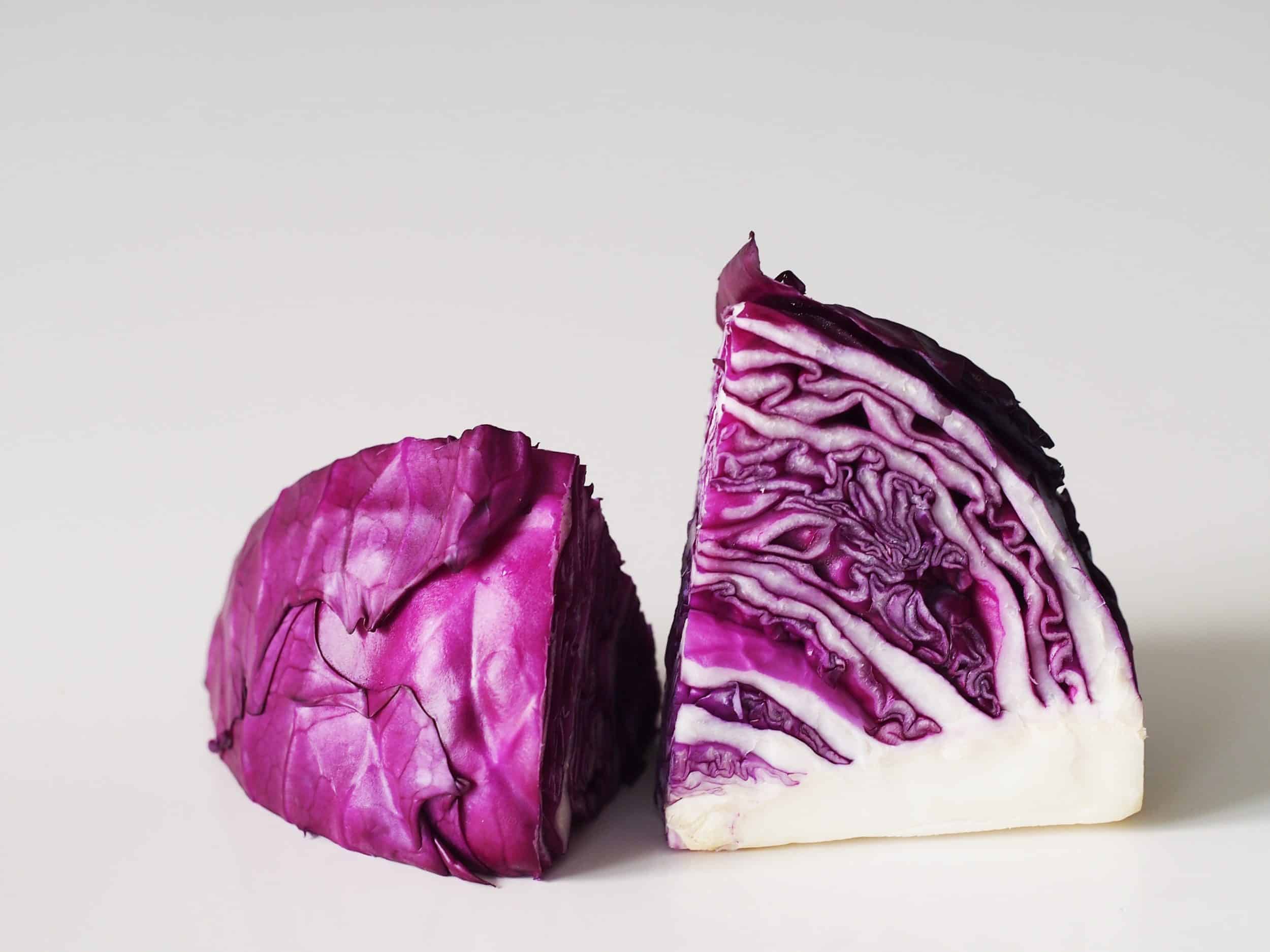
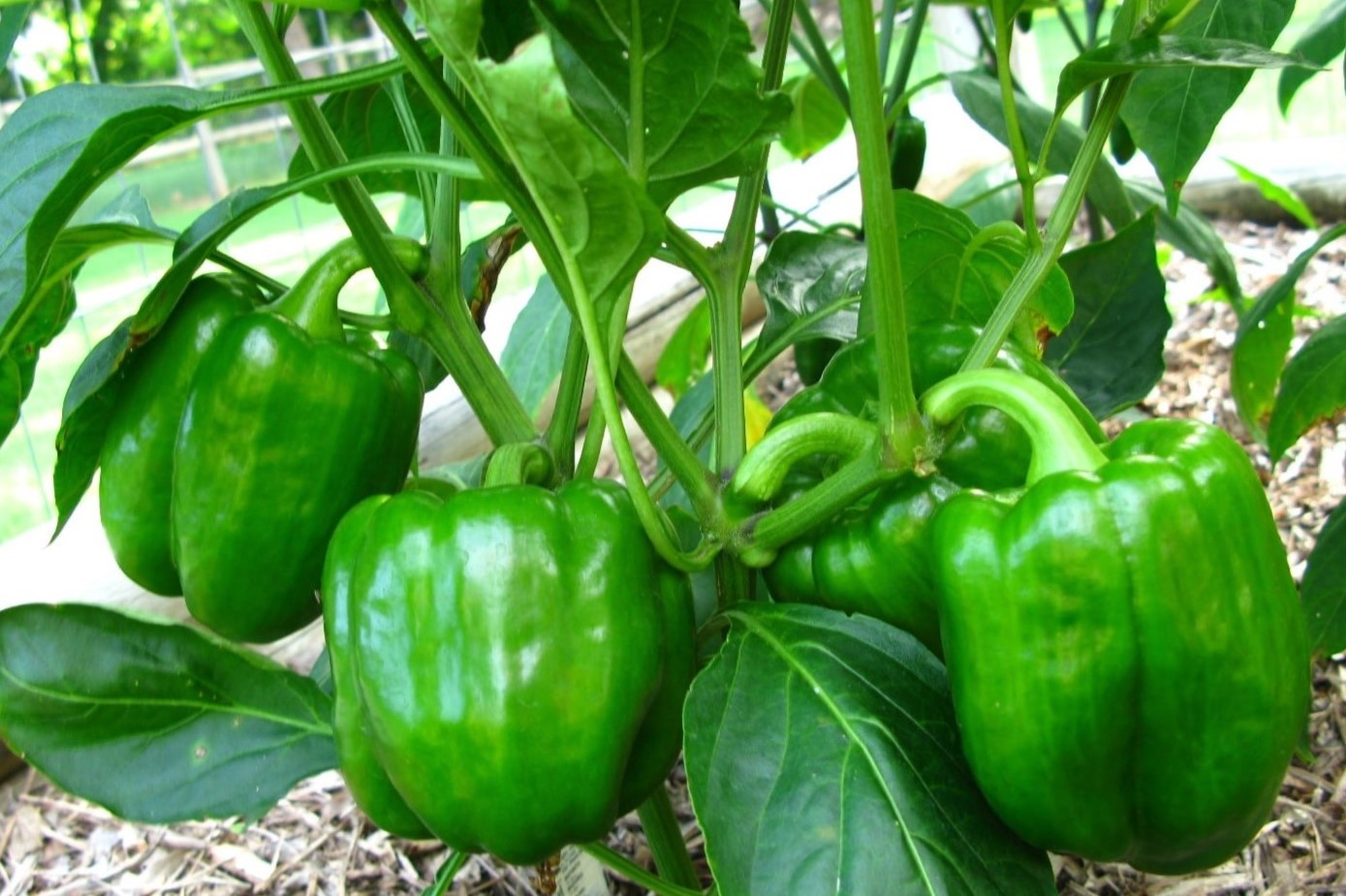
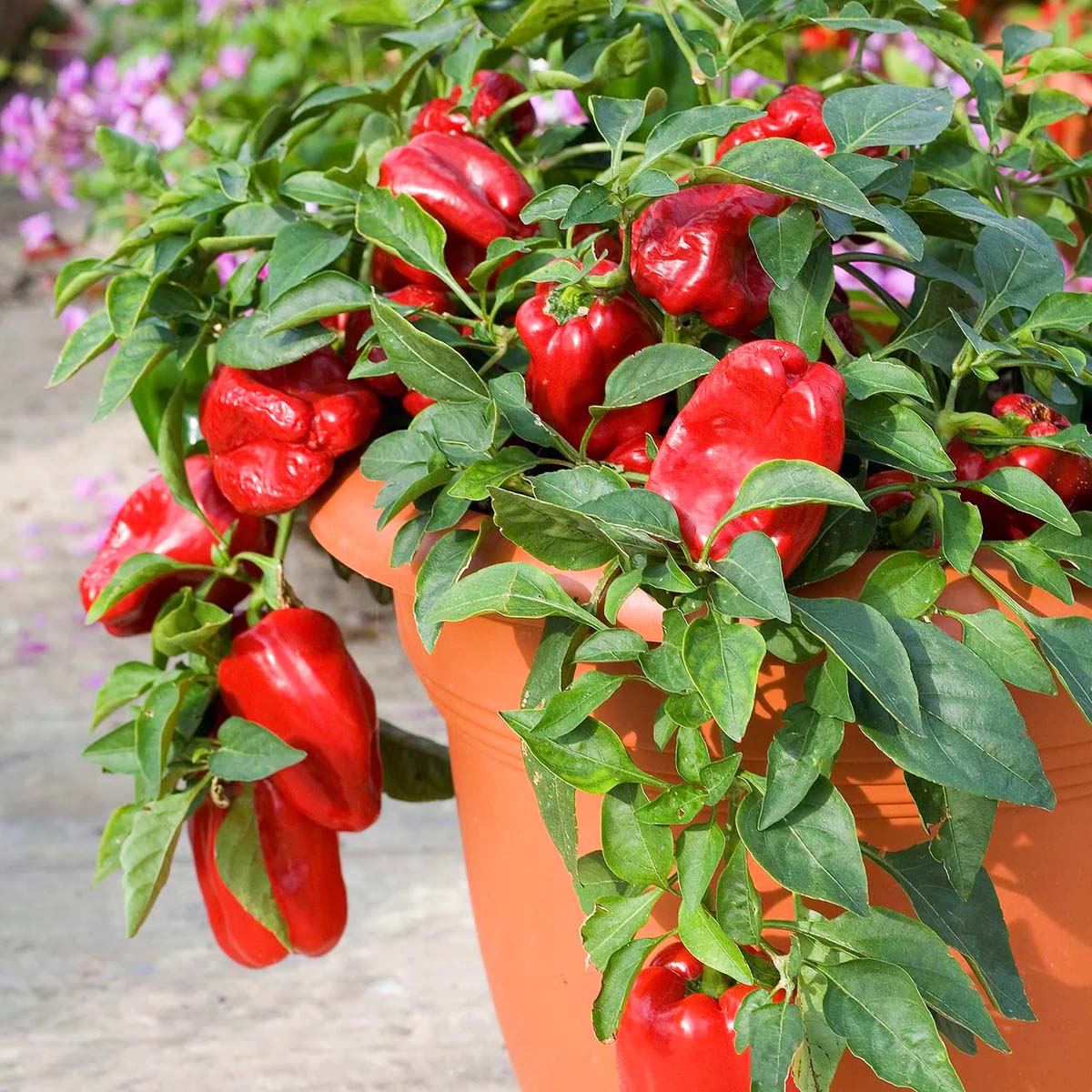
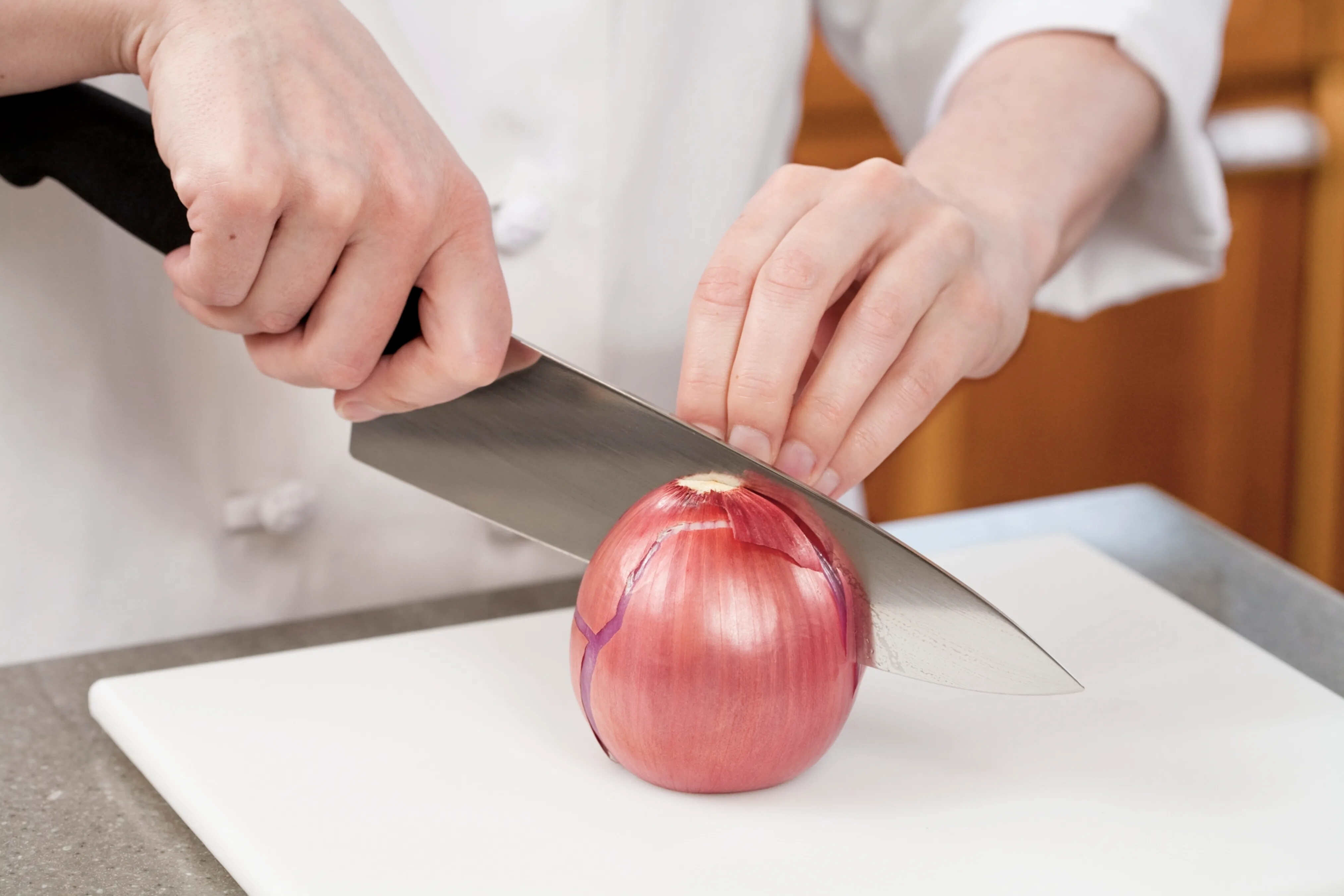
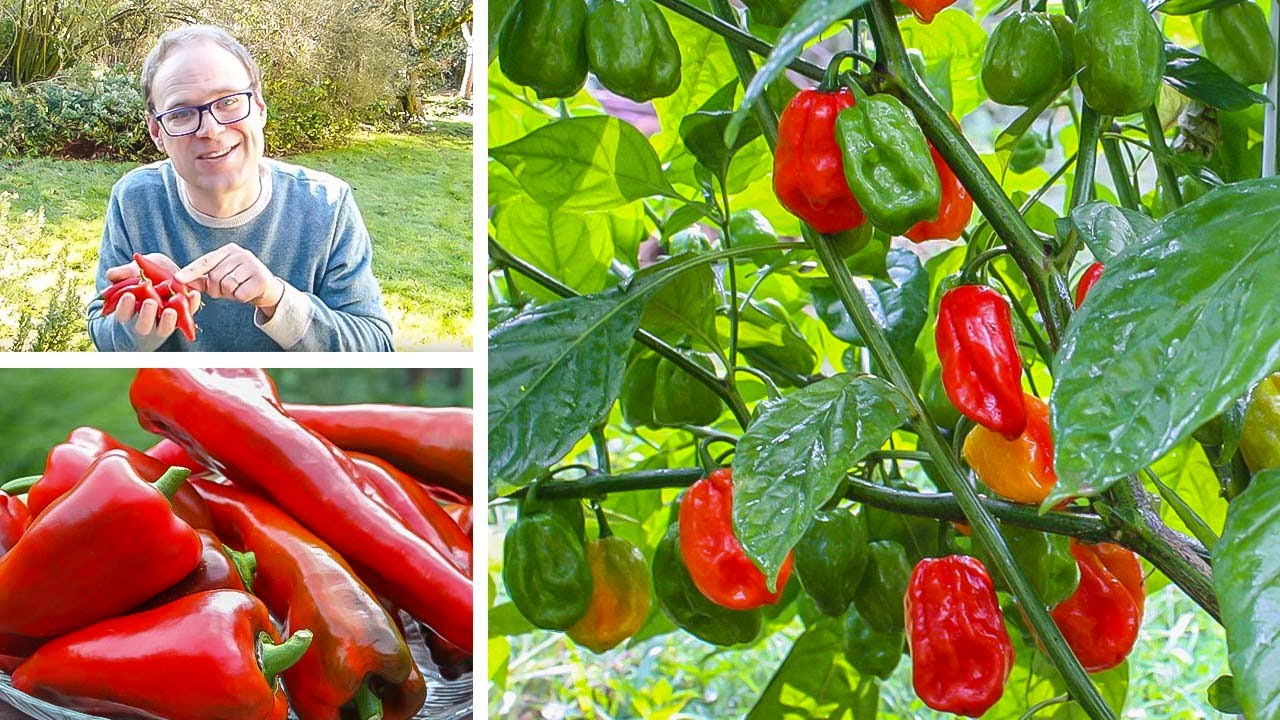
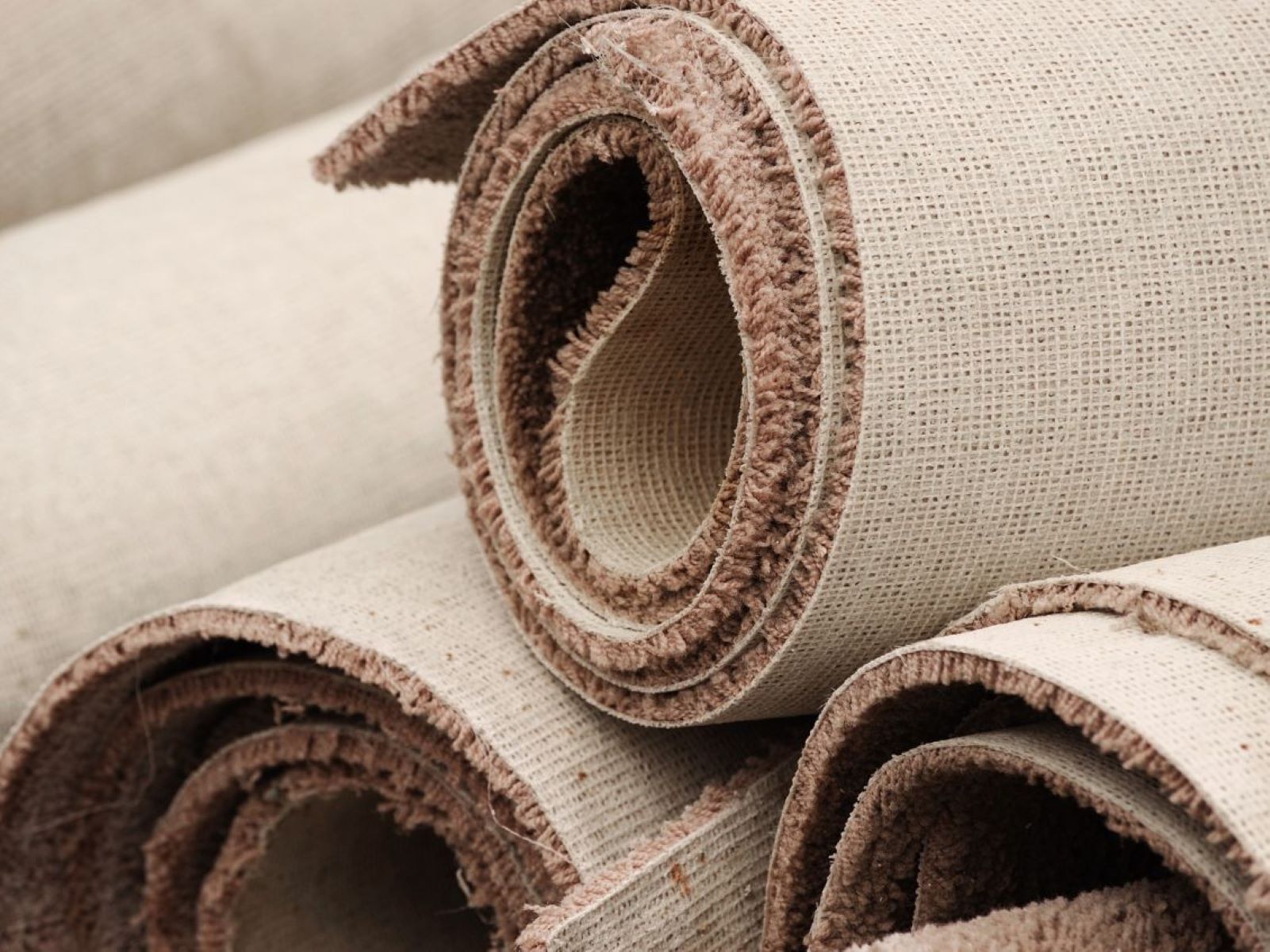

0 thoughts on “How To Store Cut Up Red Bell Peppers”